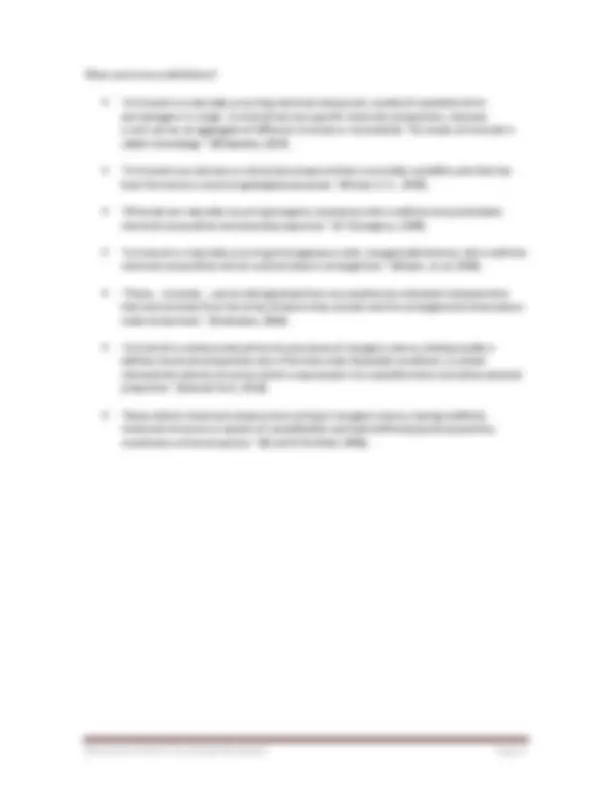



Study with the several resources on Docsity

Earn points by helping other students or get them with a premium plan


Prepare for your exams
Study with the several resources on Docsity

Earn points to download
Earn points by helping other students or get them with a premium plan
Community
Ask the community for help and clear up your study doubts
Discover the best universities in your country according to Docsity users
Free resources
Download our free guides on studying techniques, anxiety management strategies, and thesis advice from Docsity tutors
A detailed explanation of what minerals are, their defining characteristics, and examples of substances that are and aren't considered minerals. Definitions from various sources and clarifies the difference between minerals and rocks.
Typology: Lecture notes
1 / 2

This page cannot be seen from the preview
Don't miss anything!


Revised 6.19.2017 by Rachel Micander Page 1 A Mineral is defined as an inorganic, naturally occurring, homogenous solid, (^) with a definite chemical composition, and ordered (crystalline) (^) atomic structures. Let’s break that definition down…. Inorganic: Involving neither organic life nor the products created from or by organic life. Naturally Occurring : Must be formed by natural processes, meaning a mineral cannot be man- made, manufactured, or created in a laboratory. Homogeneous Solid : A mineral must be chemically and physically uniform down to the atomic level. This homogeneity means that the mineral will have absolutely predictable physical properties including hardness, density, and streak. Definite Chemical Composition means that all occurrences of that mineral have a chemical composition that varies within a specific limited range and the atoms that make up the mineral must occur in specific ratios. Ordered Atomic structure (Crystalline): The atoms in a mineral are arranged in a systematic and repeating pattern. Glasses such as obsidian, which are disordered solids, liquids (e.g., water, mercury), and gases (e.g., air) do not have a crystalline structure and are therefore not minerals. Substance Mineral Why or Why Not? Window glass no no regular internal structure Amber Coal Diamond Ice Pearl Pepper Pyrite (Fools Gold) ____ Salt Sugar Water
Revised 6.19.2017 by Rachel Micander Page 2 Want some more definitions? “A mineral is a naturally occurring chemical compound, usually of crystalline form and abiogenic in origin. A mineral has one specific chemical composition, whereas a rock can be an aggregate of different minerals or mineraloids. The study of minerals is called mineralogy.” (Wikipedia, 2017). “A mineral is an element or chemical compound that is normally crystalline and that has been formed as a result of geological processes.” (Nickel, E. H., 1995 ). “Minerals are naturally-occurring inorganic substances with a definite and predictable chemical composition and physical properties.” (O' Donoghue, 1990 ). “A mineral is a naturally occurring homogeneous solid, inorganically formed, with a definite chemical composition and an ordered atomic arrangement.” (Mason, et al, 1968 ). “These... minerals ...can be distinguished from one another by individual characteristics that arise directly from the kinds of atoms they contain and the arrangements these atoms make inside them.” (Sinkankas, 1966 ). “A mineral is a body produced by the processes of inorganic nature, having usually a definite chemical composition and, if formed under favorable conditions, a certain characteristic atomic structure which is expressed in its crystalline form and other physical properties.” (Dana & Ford, 1932 ). “Every distinct chemical compound occurring in inorganic nature, having a definite molecular structure or system of crystallization and well-defined physical properties, constitutes a mineral species.” (Brush & Penfield, 1898 ).